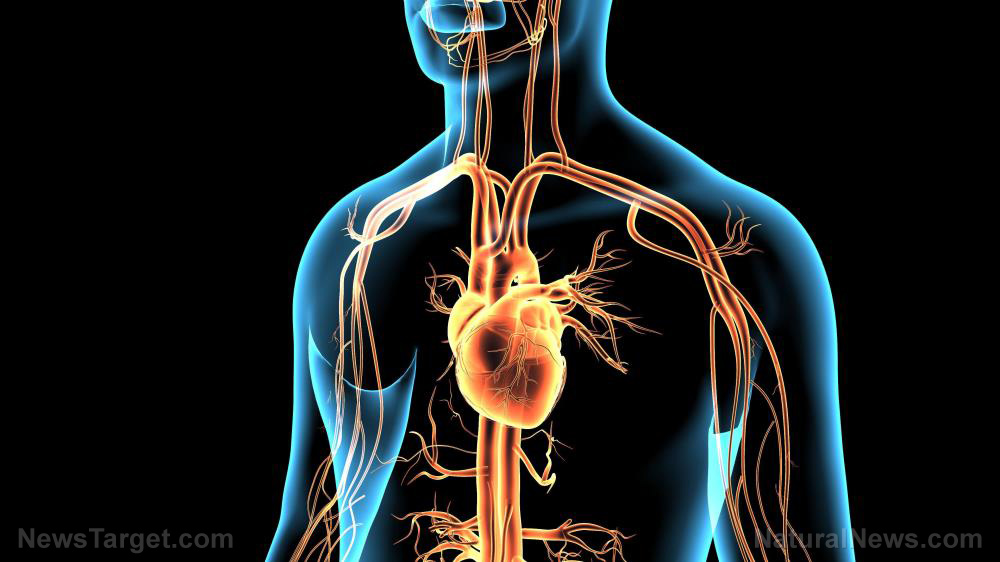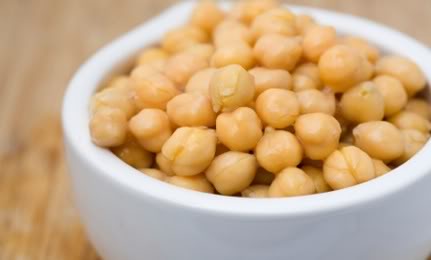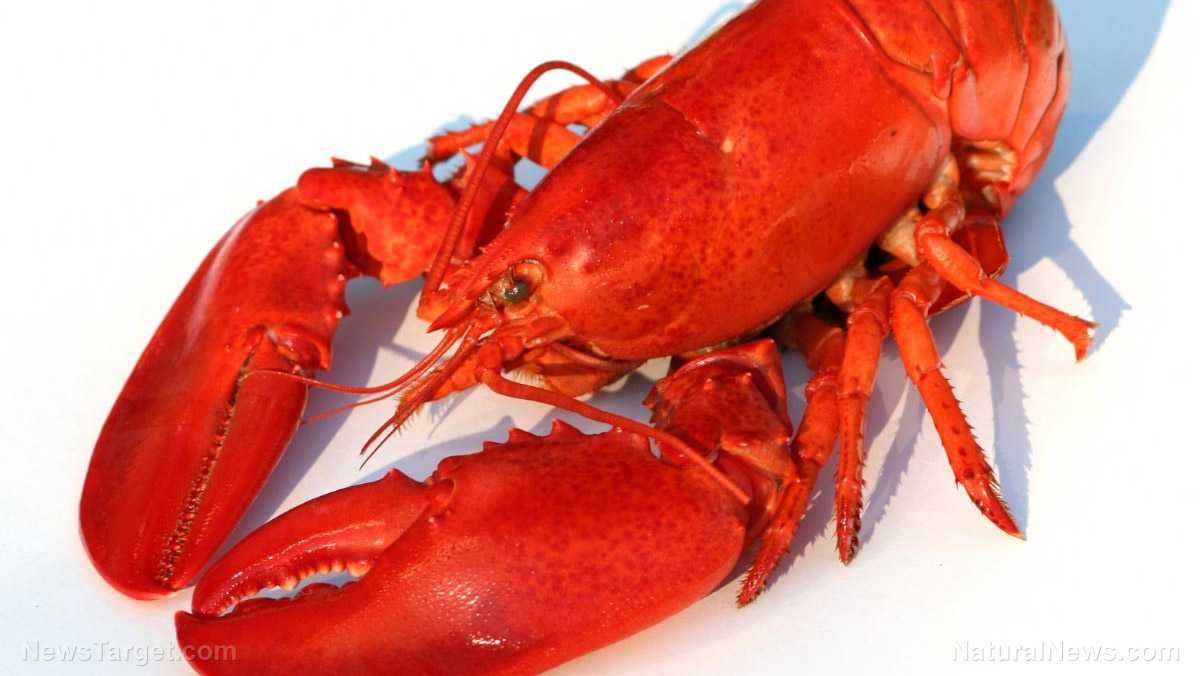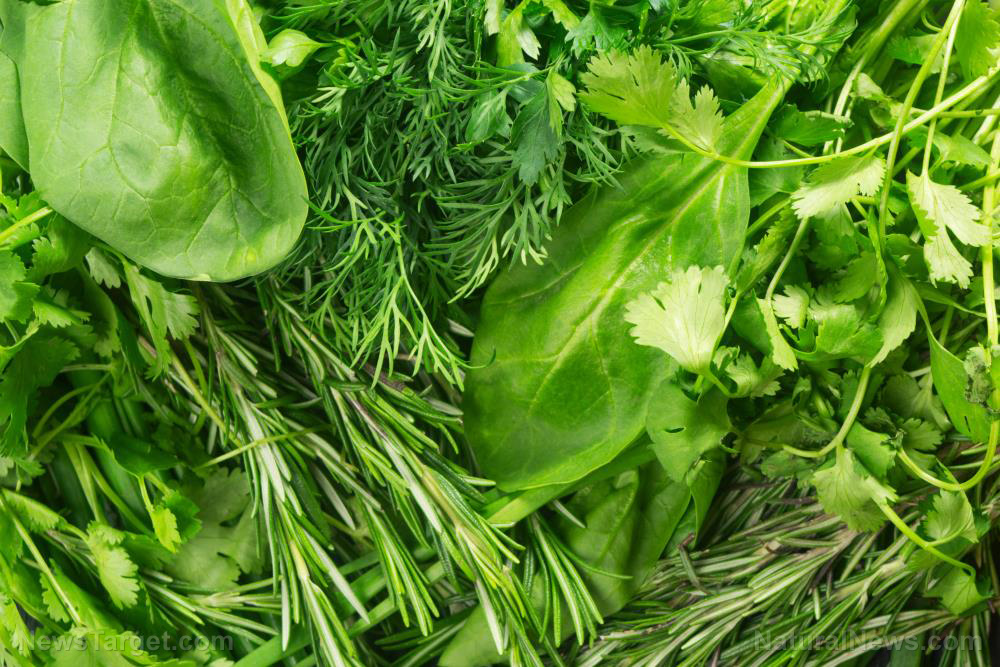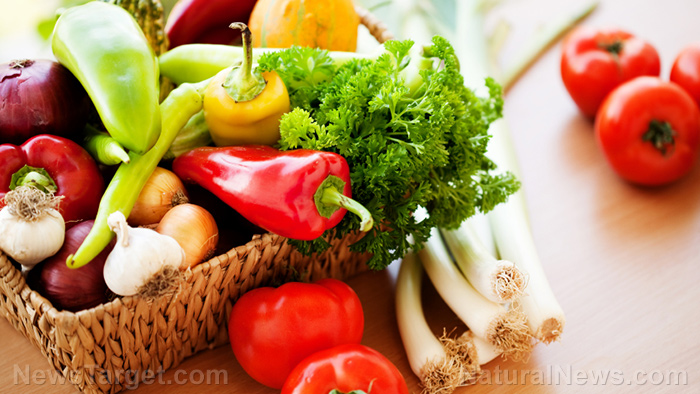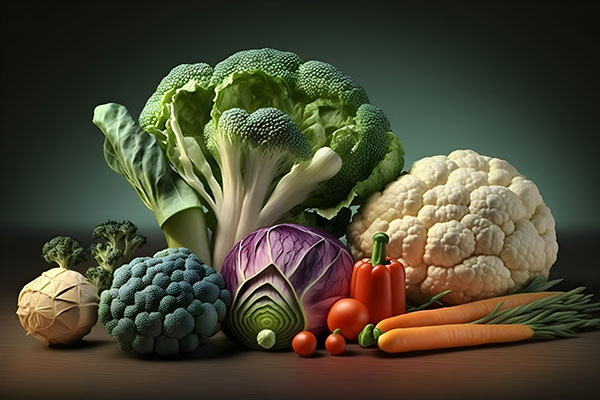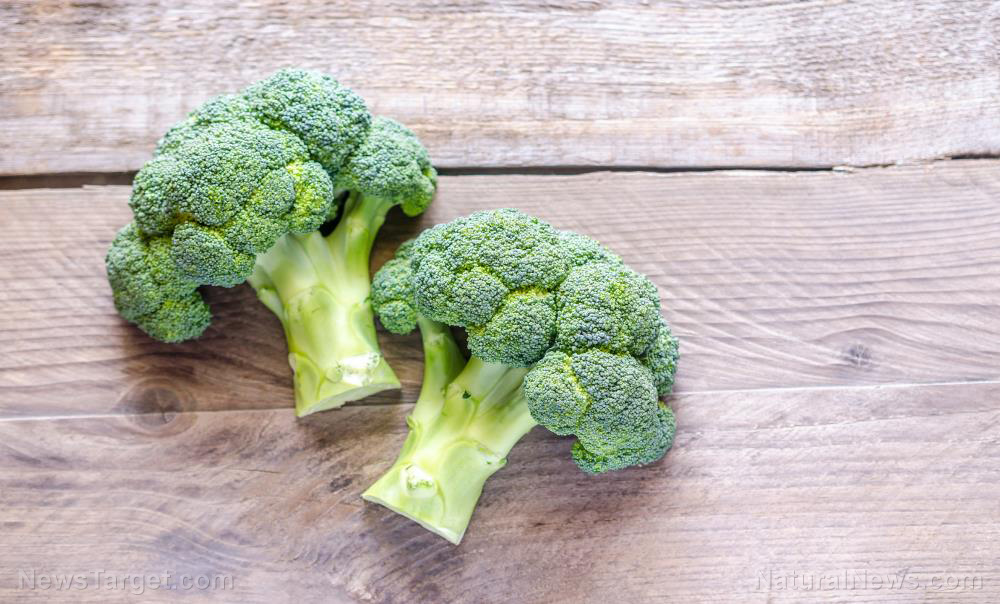A path to wellness and disease prevention: Patrick Quillin’s “The Healing Power of Whole Foods”
06/10/2025 / By Ramon Tomey
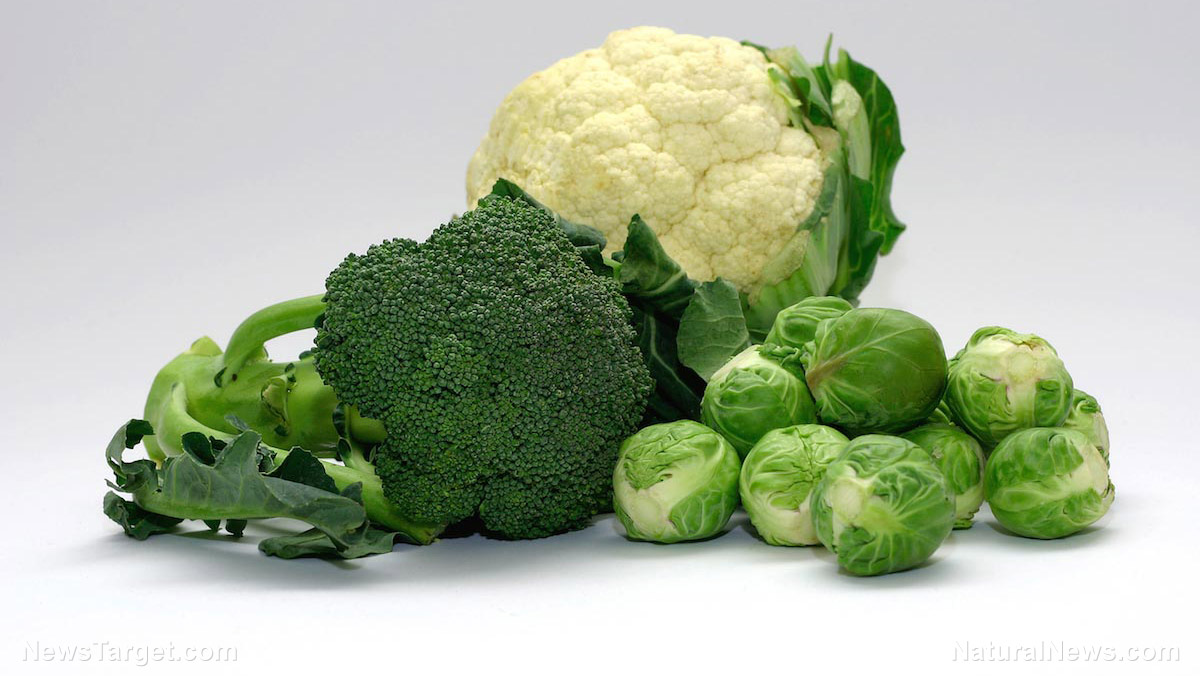
- Patrick Quillin’s book “The Wisdom and Healing Power of Whole Foods” argues that processed, nutrient-depleted foods drive chronic diseases (e.g., cancer, diabetes, obesity), while whole foods packed with essential nutrients, phytonutrients and synergistic compounds offer healing and prevention.
- Whole foods provide greater health benefits than isolated supplements (e.g., orange juice’s cancer protection surpasses pure vitamin C due to bioactive compounds). Processed foods lack this natural synergy.
- efined foods contribute to metabolic dysfunction (e.g., diabetes crisis), but plant-based, low-fat diets can reverse conditions. Historical examples (scurvy, beri-beri) highlight risks of deviating from nature’s design.
- Cruciferous vegetables (e.g., broccoli) contain detoxifying compounds like DIM, reducing cancer risk. Studies show whole-food diets improve gene expression and overall health.
- The book advocates for mindful eating – frequent small meals, shopping fresh (store perimeters), dietary variety and minimal processed foods – to stabilize health and avoid malnutrition despite caloric excess.
Patrick Quillin’s “The Wisdom and Healing Power of Whole Foods” presents a compelling case for embracing nature’s bounty as the foundation of health and healing.
The book challenges modern dietary habits, revealing how processed and nutrient-depleted foods contribute to widespread chronic diseases while whole foods offer a powerful solution. By returning to nature’s wisdom, we can prevent and even reverse many common health ailments – transforming our bodies from merely surviving to thriving.
At the heart of Quillin’s argument is the idea that whole foods contain a symphony of essential nutrients, minor dietary constituents and conditionally essential nutrients that work synergistically to support optimal health. Unlike processed foods such as ketchup, French fries and onion rings that dominate the modern American diet, whole foods retain their natural nutrient density. They provide the body with the tools it needs for self-regulation and repair.
The consequences of abandoning these whole foods are dire: epidemic rates of cancer, heart disease, diabetes, obesity and Alzheimer’s. They also impact the healthcare system, straining it with $2.2 trillion in annual costs and threatening both corporate and national stability.
The book highlights the diabetes crisis as a prime example of dietary failure, linking excessive consumption of refined foods to metabolic dysfunction. Yet, Quillin offers hope, citing research showing that diets rich in whole fruits and vegetables can significantly reduce cancer risk. While cancer was rare in 1900, it became America’s leading cause of death by 2005.
Drawing inspiration from Albert Einstein’s wisdom – “Look deep into nature, and then you will understand everything better” – Quillin explores how nature’s pharmacy holds answers to modern health challenges. For instance, studies comparing rats fed beets versus broccoli revealed that broccoli’s compounds mitigate the effects of carcinogens, illustrating the protective power of whole foods.
Cruciferous vegetables such as broccoli contain phytonutrients like diindolylmethane (DIM), which help neutralize toxins – including excess estrogen – thereby lowering cancer risk. Quillin emphasizes that whole foods are free from harmful additives like antibiotics, pesticides and heavy metals while delivering nutrients in their most bioavailable forms. Historical example such as scurvy from vitamin C deficiency and beri-beri from refined white rice demonstrate the dangers of tampering with nature’s design.
One of the book’s key insights is the concept of nutrient synergy, the idea that whole foods offer benefits beyond isolated supplements. For example: While 1,000 milligrams (mg) of vitamin C may reduce stomach cancer risk, orange juice – with just 37 mg of vitamin C – provides twice the protection due to its additional bioactive compounds. This underscores the importance of consuming foods in their natural state rather than relying on fragmented nutrients.
Quillin advocates for a plant-based, low-fat diet (less than 11 percent calories from fat), citing studies where men with prostate cancer experienced improved gene expression and overall health through dietary intervention. He also addresses the paradox of malnutrition in a land of plenty, where poor food choices lead to nutrient deficiencies despite caloric excess. Food, he argues, is a biological response modifier capable of altering brain chemistry and influencing health outcomes – whether inducing sleepiness via high-carb meals or enhancing cognitive function with omega-3-rich diets.
Practical guidance abounds in the book – from the benefits of “nibbling” (small, frequent meals) over “gorging” to stabilize blood sugar, to shopping strategies like focusing on grocery store perimeters where fresh produce resides. Quillin also stresses the importance of dietary variety to ensure a broad spectrum of nutrients, alongside mindful protein intake and judicious supplement use.
Ultimately, “The Wisdom and Healing Power of Whole Foods” is a rallying cry to reclaim control of our health through conscious eating. By honoring nature’s wisdom, we can avert the looming healthcare crisis and unlock the body’s innate capacity for healing. Quillin’s message is clear: The path to wellness lies not in laboratories or pharmacies, but in the vibrant, unprocessed foods that have sustained humanity for millennia.
Watch this video about the book “The Wisdom and Healing Power of Whole Foods” by Patrick Quillin.
This video is from the BrightLearn channel on Brighteon.com.
Sources include:
Submit a correction >>
Tagged Under:
alternative medicine, anticancer, Cures, food cures, food is medicine, healing, Patrick Quillin, prevention, remedies, The Healing Power of Whole Foods, veggie, Whole Foods
This article may contain statements that reflect the opinion of the author
RECENT NEWS & ARTICLES
COPYRIGHT © 2017 PHYTONUTRIENTS NEWS


